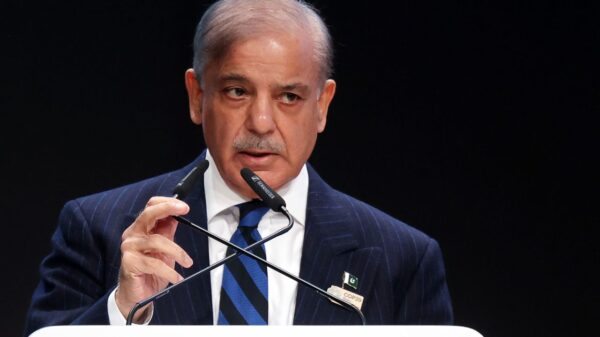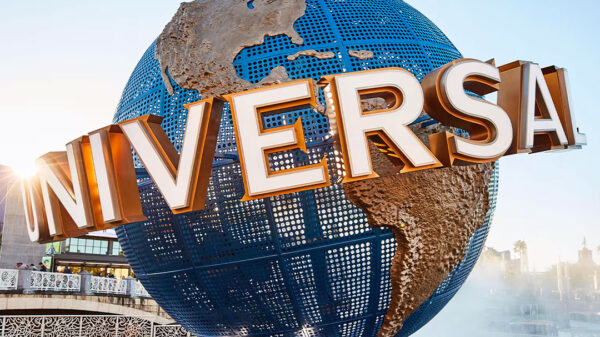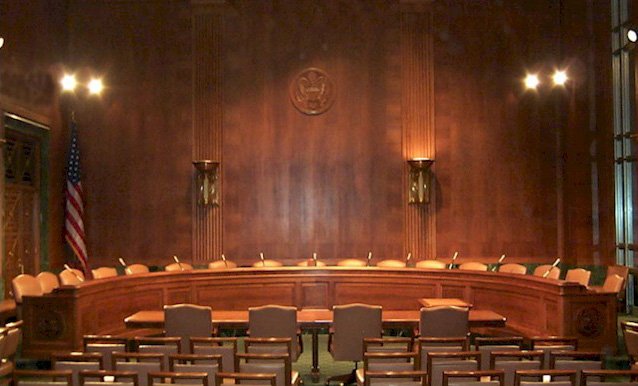Here are my prepared remarks for the Senate Judiciary Subcommittee on Privacy, Technology, and the Law hearing on AI and the future of journalism, taking place on January 10, 2024. As a journalist for fifty years and a journalism professor for the past eighteen, I have gained valuable insights on the history of news and copyright, which I would like to share with you today.
Firstly, I would like to highlight three lessons from my research for my book, The Gutenberg Parenthesis: The Age of Print and its Lessons for the Age of the Internet (Bloomsbury, 2023). The first lesson is that America’s 1790 Copyright Act only covered charts, maps, and books, and did not include newspapers. This fact contradicts the claim made by The New York Times in their lawsuit against OpenAI, stating that strong copyright protection has always been in place to protect the work of journalists. In reality, newspapers were not included in copyright protection until 1909, and even then, there was debate over whether news articles should be covered, as they were seen as products of the institution rather than individual authors.
Secondly, the Post Office Act of 1792 allowed newspapers to exchange copies for free, creating a network for news and helping to build a nation. This enabled journalists, known as “scissors editors,” to copy and reprint each other’s articles. This practice was crucial in the development of the news industry.
Lastly, I would like to draw attention to the early 20th century when newspapers faced their first competitor, radio. At the time, newspapers were hostile towards radio and even strong-armed broadcasters into signing the 1933 Biltmore Agreement, limiting radio to two news updates a day without advertising. This agreement also required radio to purchase news from newspapers’ wire services and prohibited on-air commentators from discussing any event until twelve hours after it occurred. This “hot news doctrine” was later attempted to be revived by the Associated Press. Newspapers also lobbied for radio to be regulated, claiming that it was stealing their content, audience, and revenue. This rhetoric is similar to what we hear today about television, the internet, and AI. However, as scholar Gwenyth Jackaway points out, publishers’ claims that democracy and the political system would be endangered by radio sound strikingly similar to the arguments made in The New York Times’ lawsuit against OpenAI, stating that “independent journalism is vital to our democracy” and is becoming increasingly rare and valuable.
It is important to recognize that journalists, whether on radio or at The New York Times, rely on and repurpose information from their fellow journalists. This freedom is essential for the functioning of the news industry. Without it, newspapers and news on television would not be able to provide accurate and timely information to the public. Thank you for your time, and I look forward to discussing this topic further with you.




































